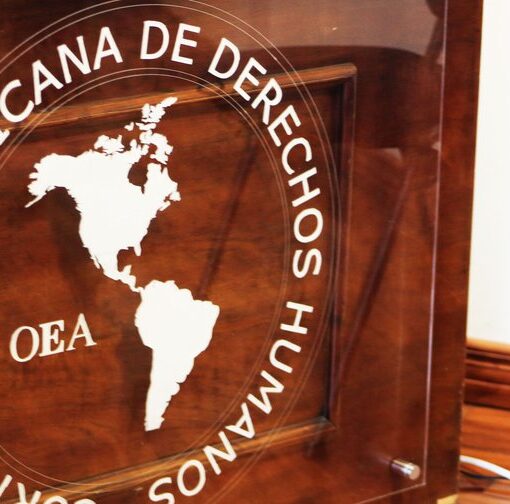Michael B. Gerrard
Faculty Director
The Supreme Court’s unprecedented, unexpected and unexplained action yesterday staying implementation of the Clean Power Plan is one of the most environmentally harmful judicial actions of all time. However, the damage it does to the United States’ ability to meet its Paris pledge is less than it might seem. But that is not because the Clean Power Plan wasn’t important; it is because the Plan didn’t do nearly enough.
The Intended Nationally Determined Contribution (INDC) that the U.S. submitted in advance of COP21 reiterated the prior goal of achieving a 17% reduction below 2005 levels in 2020, and conveyed a new pledge of a 26% to 28% reduction by 2025. The INDC cited the Clean Power Plan as one of the actions being taken to meet those pledges, but did not present any numbers on what actions would lead to what reductions.
More detail was presented in the Second Biennial Report of the United States under the Framework Convention on Climate Change, submitted by the Department of State in January 2016. As the report makes clear, the Clean Power Plan’s actual emissions reductions do not begin until 2022, and thus have no bearing on achievement of the 2020 goal. From 2020 to 2025, the Report expects carbon dioxide emissions to fall from 5,409 to 5,305 MtCO2e (Table 4) with implementation of the Clean Power Plan, energy efficiency standards, fuel economy standards, and numerous other measures that are already on the books, and down to 5,094 in 2030. (The report does not separately specify how much of this is due to the Clean Power Plan alone; the numbers result from a complex modeling exercise that included numerous interrelated actions.)
That is not nearly enough of a reduction to meet the 26% target (much less the 28% aspiration) for 2025. Instead, a host of additional measures are also needed. The Biennial Report lists these as possibilities to reduce carbon dioxide emissions:
- Full implementation of Phase II heavy-duty vehicle fuel economy standards.
- Finalization of proposed, new, or updated appliance and equipment efficiency standards.
- Increased efficiency of new and existing residential and commercial buildings.
- Reduction in industrial energy demand in several subsectors.
- Additional state actions in the electricity sector.
- Enhanced federal programs that lead to greater efficiencies in industry and transportation, including greater biofuel deployment and commercial aviation efficiency.
To address other greenhouse gases, the Biennial Report lists these possible added measures:
- An amendment (already in the works) to the Montreal Protocol on Substances that Deplete the Ozone Layer to phase down production and consumption of hydrofluorocarbons.
- Measures to reduce methane emissions from landfills, coalmining, agriculture, and oil and gas systems.
- More efficient nutrient application techniques that reduce nitrous oxide emissions.
Even all of the above is not enough to meet the 2025 goals. The Biennial Report puts heavy reliance on the land-use sink – on the ability of forests and other vegetated areas to absorb a considerable amount of the greenhouse gases that are emitted. And even with an “optimistic sink” scenario and a number of other favorable assumptions, the key summary graph in the Biennial Report (Figure 6) shows a reduction of about 27% in 2025.
In sum, while the Clean Power Plan is the biggest game in town in terms of achieving the Paris goals, it is by no means the only game in town. While we express our justifiable fury over the Supreme Court’s action, we need to bear in mind that there are many other things that the U.S. must do in the next several years to control greenhouse gas emissions.




